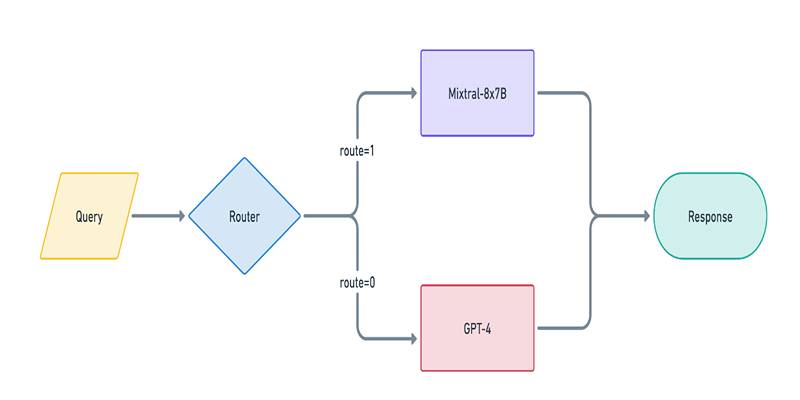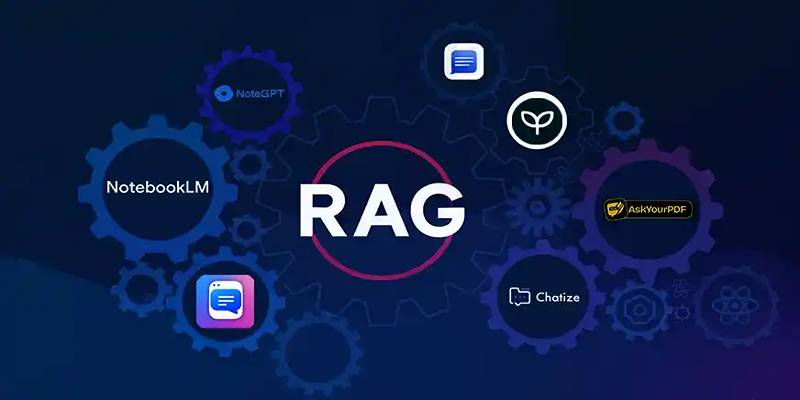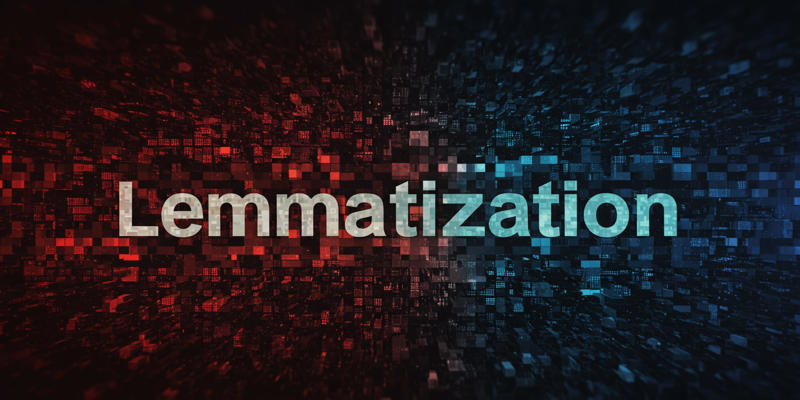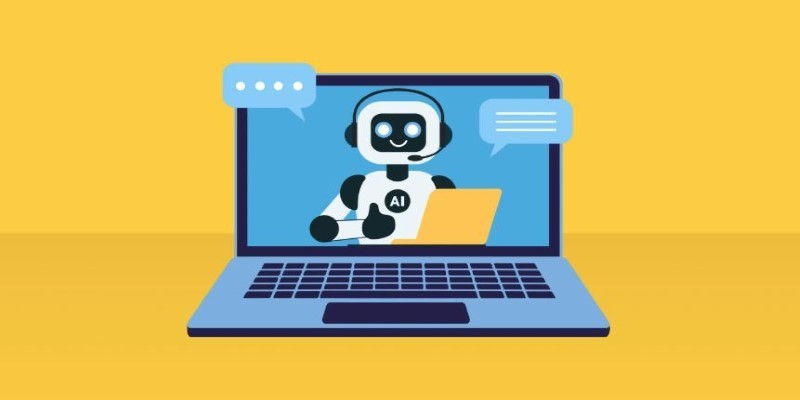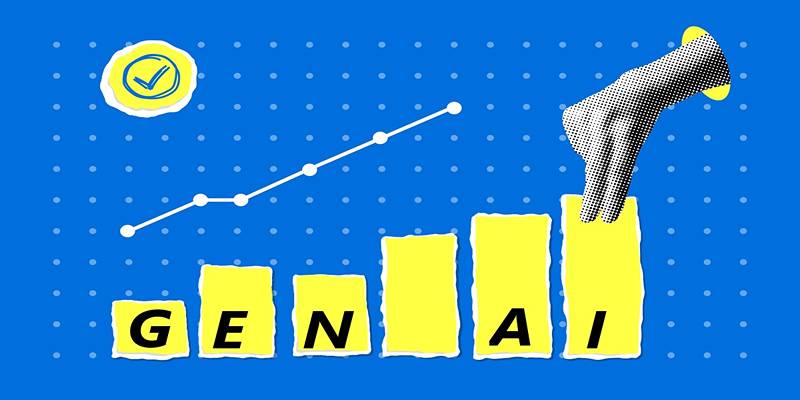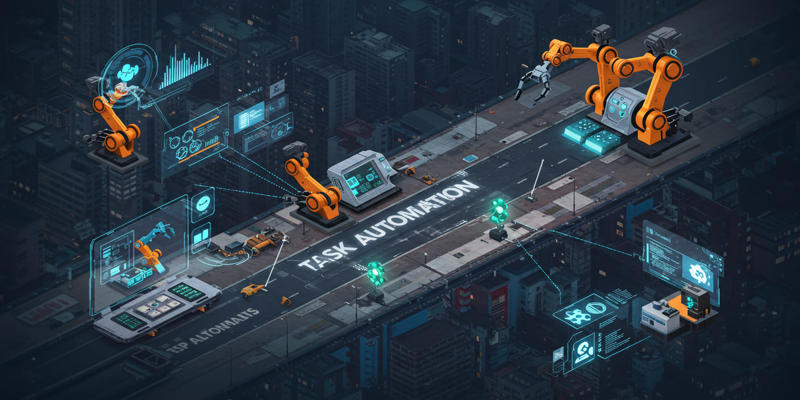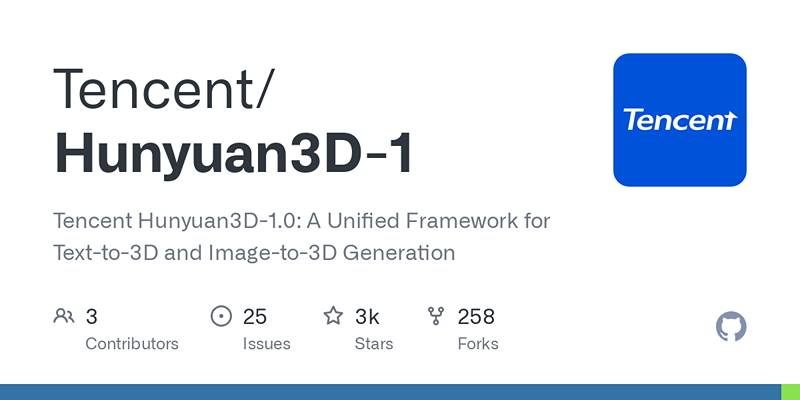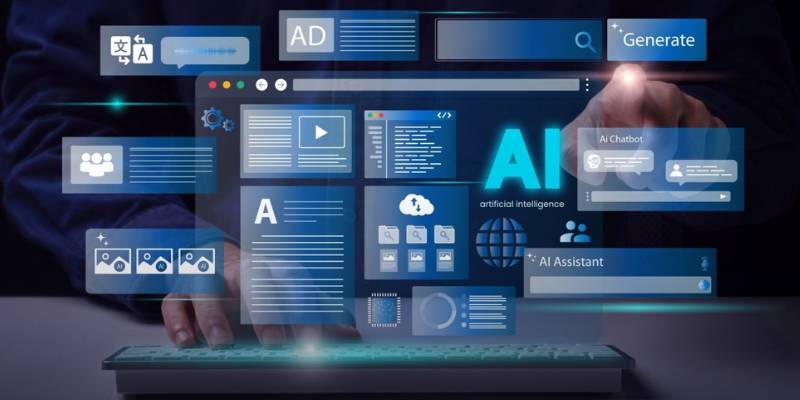As artificial intelligence continues its rapid evolution, we’re seeing a shift from single-agent systems to a new frontier: multi-agent collaboration, where AI agents with unique roles and skills work together—just like humans—to tackle complex tasks. This architectural approach is known as the Agentic AI Multi-Agent Pattern, and it’s transforming how we build intelligent systems.
If you’ve followed earlier design patterns in this Agentic AI series—Reflection, Tool Use, and Planning—you’ve already seen how agents can self-evaluate, interact with external tools, and break down tasks into strategic steps. Now, we move a step further.
The Multi-Agent Pattern empowers systems with cooperation, specialization, and scalability, allowing AI agents to operate as well-coordinated digital teams. Let’s dive deeper into what this pattern is, how it works, and why it’s crucial for building next-generation AI applications.
What Is a Multi-Agent System in Agentic AI?
At its core, a multi-agent system is a setup where multiple autonomous agents collaborate or operate independently to complete a complex task. Each agent may be assigned a specific responsibility—just like roles in a human team. One might handle content creation. Another manages timelines, another executes code, and yet another gathers market intelligence.
Multi-agent systems are highly suitable for:
- Distributed environments
- Large-scale decision-making
- Task specialization
- Collaborative problem-solving
This design is particularly useful when tasks become too complex or broad for a single agent to handle effectively.
Why Shift From Single to Multi-Agent Systems?
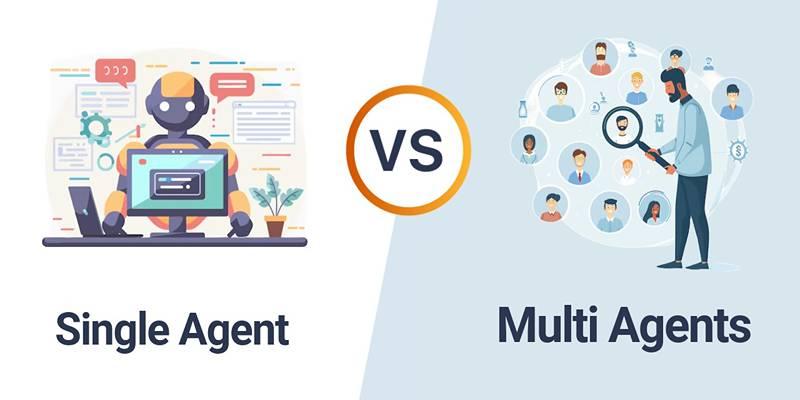
Single-agent systems can struggle under real-world demands. They may face challenges such as:
- Managing too many tools or APIs
- Processing overwhelming context or instructions
- Performing highly specialized tasks without domain expertise
Multi-agent systems resolve these issues by distributing the workload across specialized agents, each optimized for specific roles.
The architecture of the Agentic AI Multi-Agent Pattern
The architecture of this pattern mimics human collaborative teams, with agents working in concert toward a common goal. Here's how it functions:
Core Components
- User Interaction: The system starts with a user prompt.
- Multi-Agent Application: A central orchestrator routes the task.
- Specialized Agents:
- Software Engineer: Solves technical or coding-related problems.
- Project Manager: Coordinates tasks, deadlines, and priorities.
- Content Developer: Crafts written content or documentation.
- Market Analyst: Provides data insights and research.
Each agent communicates with others through structured pathways—some primary and some secondary—depending on task relevance and dependencies. This modular setup promotes collaborative intelligence, ensures task autonomy, and allows for easy scaling by adding new agents as required.
Popular Multi-Agent Communication Patterns
Depending on your application, you might choose one of several architectural communication models:
- Networked: All agents communicate with each other freely.
- Supervisor: A central agent (supervisor) decides which agent to trigger next.
- Tool-Calling Supervisor: Agents are seen as tools, and a supervisory LLM determines which one to call.
- Hierarchical: Supervisors themselves are managed by higher-level agents.
- Custom Workflow: Specific agents can talk only to designated peers, following semi-deterministic logic.
Building Multi-Agent Systems with AutoGen
One of the leading frameworks for building multi-agent systems is AutoGen. Designed for developers working with large language models, AutoGen enables conversable agents that can interact naturally with each other or humans.
Key features include:
- Customizable agent roles
- Multi-turn dialogue capabilities
- Flexible backend integration
- Conversation programming paradigm
AutoGen allows developers to build AI applications that simulate dynamic, human-like collaboration among agents. Agents can critique, validate, or improve each other’s output in real-time—enabling deeper task handling and smarter decision-making.
Conversation Programming: A New Paradigm
AutoGen introduces conversation programming—an intuitive, dialogue-driven way to manage logic and task flow. Instead of traditional linear coding, you define how agents will talk, respond, and collaborate.
The process includes:
- Defining conversable agents with custom behaviors
- Programming interaction behaviors using natural language and lightweight logic
- Initiating conversations based on prompts, commands, or user interaction
- Tracking replies, validating outputs, and executing dynamic responses
This approach is more human-centric and easier to scale for real-world applications like chatbots, support agents, and content generation systems.
From Scratch: Building Multi-Agent Systems Manually
Beyond frameworks like AutoGen, you can also build multi-agent systems from scratch using minimalistic design approaches inspired by platforms like Airflow.
Key components:
- Agent: A task-oriented AI unit with its own goal and logic.
- Crew: A manager class that coordinates agents, tracks dependencies, and runs tasks in order.
- Tool: A function wrapper that allows agents to use utility functions.
For example, you can define:
- A Poet Agent to write a poem
- A Translator Agent to convert it into Spanish
- A Writer Agent to save it to a .txt file
By chaining them (agent_1 >> agent_2 >> agent_3), the system ensures that each step is handled sequentially and contextually.
MetaGPT: SOP-Driven Agent Collaboration
Another powerful implementation of the Agentic AI Multi-Agent Pattern is MetaGPT. This framework uses Standard Operating Procedures (SOPs) to manage agents, similar to how human teams operate in software development.
Roles in MetaGPT
- Product Manager: Creates requirement documents
- Architect: Designs system architecture
- Project Manager: Breaks down and distributes tasks
- Engineer: Writes code
- QA Engineer: Reviews and tests output
The key is structure: MetaGPT ensures logical consistency, reduces errors, and follows a workflow that mirrors real-world engineering teams.
Benefits of the Agentic AI Multi-Agent Pattern
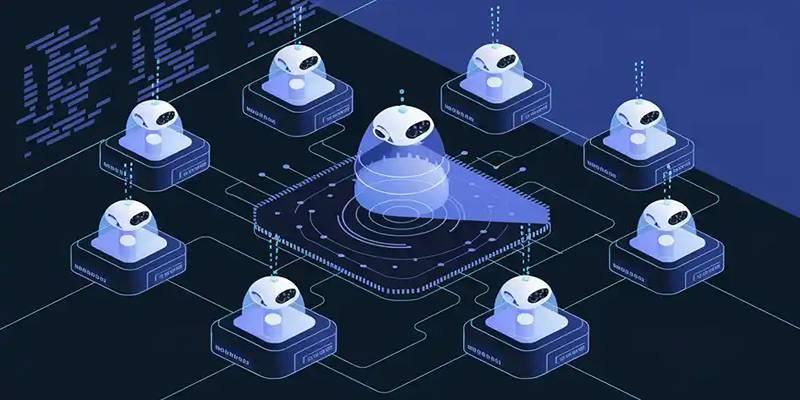
- Improved Collaboration: Tasks handled by multiple agents produce higher-quality results.
- Specialization: Each agent focuses on one aspect, boosting efficiency.
- Scalability: Easily add new agents for new functionalities.
- Resilience: Reduces error propagation by isolating responsibilities.
- Modularity: Update or swap agents independently.
- Human-like Coordination: Mimics team behavior, making system outputs more intuitive and natural.
Conclusion
The Agentic AI Multi-Agent Pattern marks a transformative step in AI system design. By empowering specialized agents to collaborate, we move closer to building intelligent systems that resemble real-world human teams in their reasoning, communication, and execution. This pattern is not just about automation—it’s about coordination, efficiency, and human-like intelligence at scale. Whether you're designing a software engineering workflow, a creative storytelling bot, or a customer support solution, this multi-agent architecture offers a structured, scalable, and smart approach to AI development.
